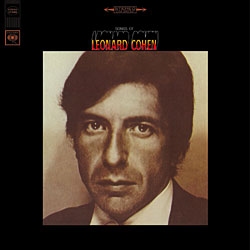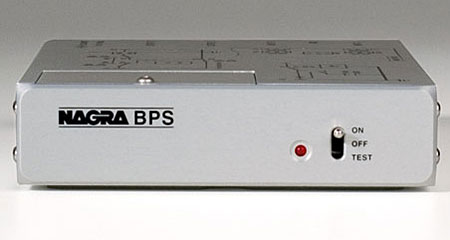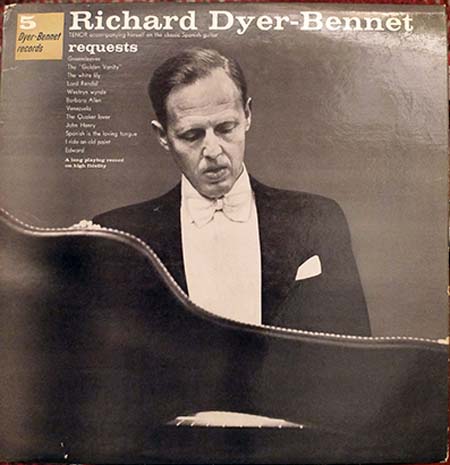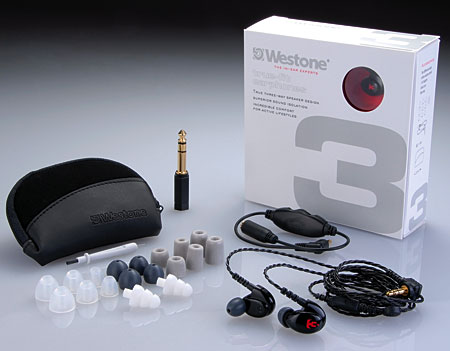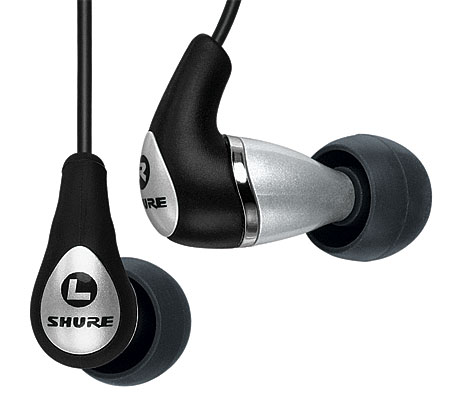When I attended the Audio Engineering Society convention in October 1987 (my first time in over eight years; full report in this issue), I was impressed by the incredible technology now available to composers of music. I was also dismayed, however, by the extent to which so-called purist audio, as well as "acoustical" music, have been consigned to oblivion by the pro audio community. It was clear, both from the exhibits and the many conversations on which I eavesdropped, that audio professionals are no longer concerned about fidelity, in the sense of trying to <I>re</I>produce sounds accurately. A "real" sound has become to them merely raw material of no value except as something to be processed, manipulated, folded, bent, and spindled to produce any sonic effect except the original one. About a third of the products displayed at the 83rd AES convention were tools for doing that.

